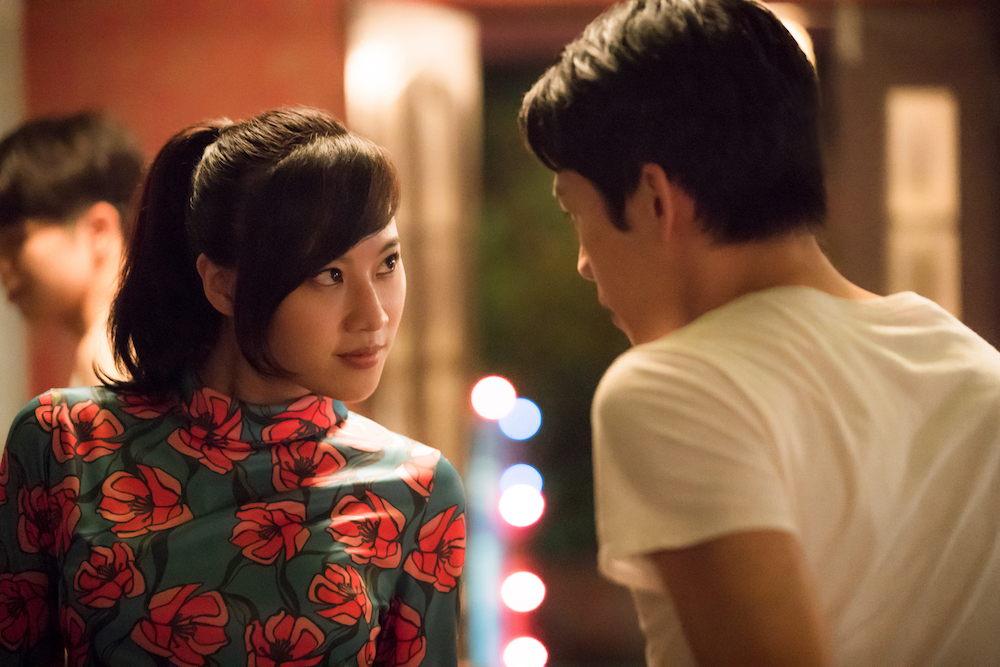‘Tigertail’ Production Designer Amy Williams on Honoring Immigrant Authenticity
By Jazz Tangcay
LOS ANGELES (Variety.com) – Most people probably know Alan Yang’s credits from “Parks and Recreation” or “The Good Place,” but “Tigertail” is his most personal story to date.
Yang wrote and directed the Netflix film that explores the story of Asian American immigration. It follows Pin Jui, played by Tzi Ma, as a young man in Taiwan who moves to America in search of a better life.
Reflecting on the past meant the film could be told through two distinct periods and show Pin Jui’s story in Taiwan and present-day New York with his daughter Angela (Christine Ko).
For production designer, Amy Williams, the key was for her to tell Yang’s story and to be authentic to what immigrant décor looked like when building her sets. “I asked what elements do you bring from your past and what do you bury,” she says.
Filming took Williams and the crew first to New York and later to Taiwan.
In Taiwan, she found a magnificent dining hall which was transformed into the pricey restaurant Yuelu. “It was so big we had to bring in a lot of set dressing elements to make it appear smaller,” Williams says.
The dining hall was also used as a stand-in for a later scene that takes place in a New York restaurant. “We cheated and had to film at the same place as the flashback. Because of scheduling conflicts, we couldn’t shoot that actual scene in New York, so we transformed that dining hall into the 1970s Bronx,” Williams reveals.
The factory scenes where young Pin-Jui works while living in Taiwan were shot on location in Huawei.
“What was so great about that was Alan’s grandmother worked at that factory,” says Williams. That detail added to the authenticity that she wanted to create when telling her visual story.
Yang and Williams had been given free run of the space because the owners wanted to honor Yang and his family. For one particular scene where Pin-Jui’s grandmother is injured at work, Williams had to recreate an old piece of machinery. “It was far too dangerous to use a real one, so we built this old and grimy machine for that particular scene,” she says.
Because the film had two very distinct periods, Williams found herself researching Edward Yang movies and Helen Levitt photos, which helped influence her palette of pronounced reds and greens. She says, “We wanted to give a lot of life and beauty to the Taiwan story because he’s young and there’s optimism.”
Williams also had the luxury of creating for both film and digital. Yang shot on Super 16mm for the flashback portions of the movie and digital for the present day. “Sometimes it’s difficult for digital to catch a white, or even to light a white wall,” says Williams. “When I found out we were shooting on super 16, I knew I didn’t have to limit myself. Film opens up the world.”

